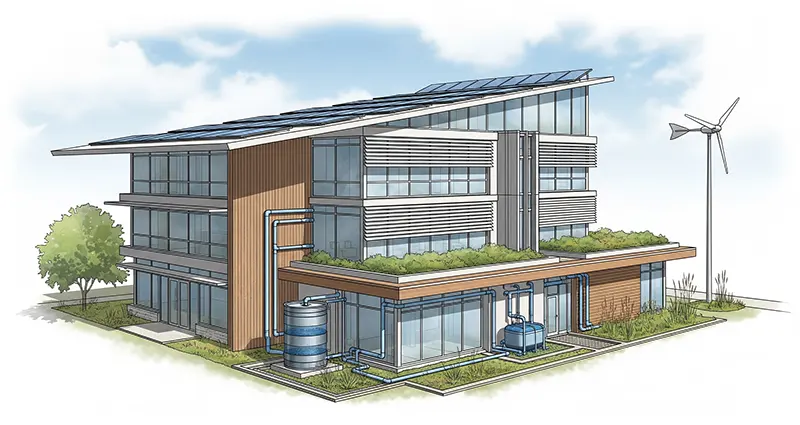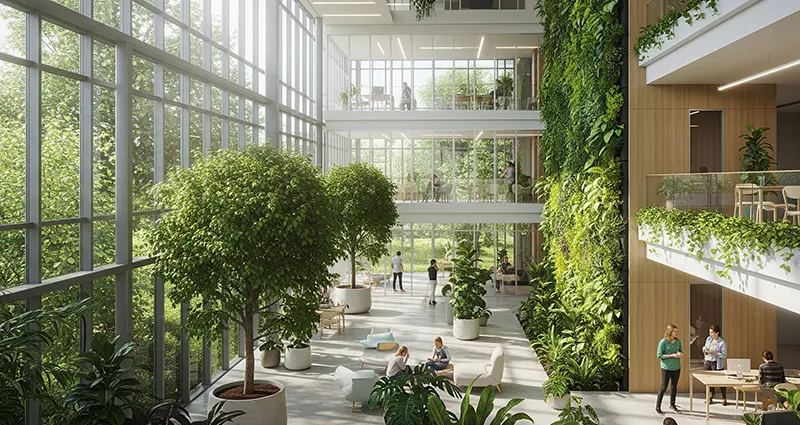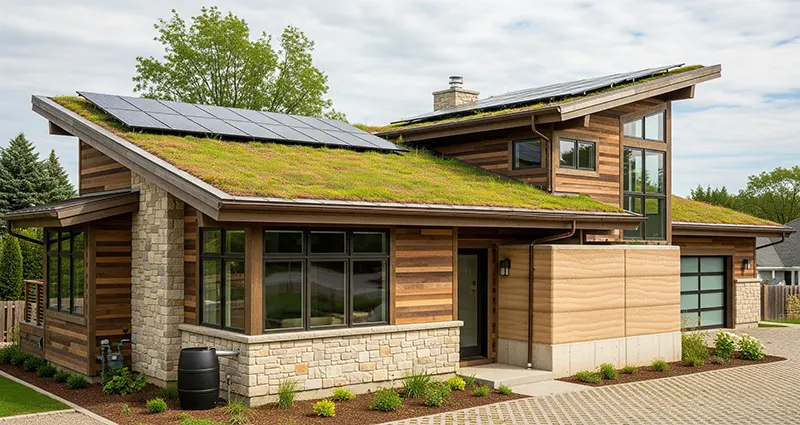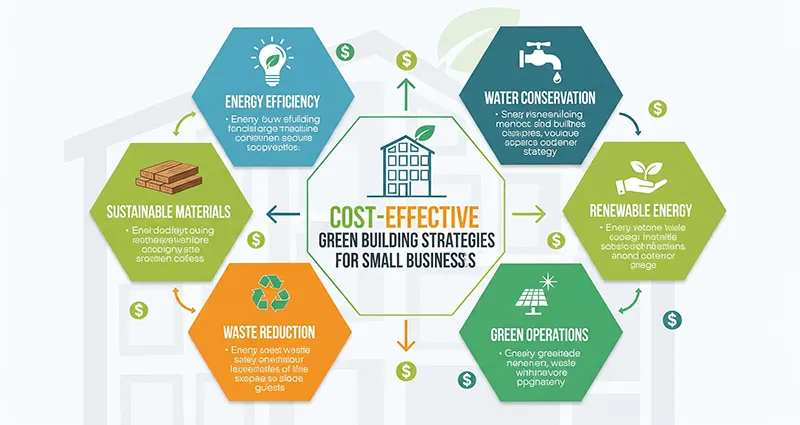How to Implement Energy-Efficient Design in New Building Projects
With growing concerns over climate change and rising energy costs, incorporating energy-efficient design in new building projects has become a top priority for architects, builders, and developers. Energy-efficient buildings not only reduce environmental impact but also provide long-term financial savings and enhanced occupant comfort. This article outlines practical strategies and considerations on how to implement energy-efficient design in new building projects to create sustainable, cost-effective, and healthy structures.
Understanding Energy-Efficient Design
Energy-efficient design focuses on minimizing a building’s energy consumption while maintaining optimal performance and comfort. It involves careful planning, selection of materials, orientation, insulation, and integration of energy-saving technologies.
Steps to Implement Energy-Efficient Design in New Building Projects
1. Conduct Energy Modeling and Analysis Early
Begin with energy simulation models during the design phase. These tools predict how the building will perform under different conditions and help identify areas with the greatest potential for energy savings. Using software like … READ MORE ...















